- Water Issues
- 1 likes
- 33865 views
- 0 comments
Water is very simple in its structure. It is just a two-molecule hydrogen with an oxygen molecule. However, the world is not one-dimensional and H2O is a good solvent. In its composition, you will not only find oxygen and hydrogen, but many anions and cations of various minerals. Water is also an ideal environment for the growth of various micro-organisms. Therefore, when owning a swimming pool, we have to fight against various ailments. Among these are a lack of transparency and uninteresting water colour.
- The brown colour of swimming pool water is a result of the high amount of metallic compounds in the water
- The shade of the water can vary with the amount of metals. It can be brown, rusty, reddish, brownish, yellowish and even greenish
- Groundwater is characterised by a considerable amount of iron in the water
- The brown colour of the pool water can also be associated with high levels of organic matter in the water.
Procedure - brown water after filling the pool - step by step
Check the pH of your pool water using a suitable tester:
There are currently 3 measurement methods on the market for which you can use:
Tablet hand tester
Strip hand tester
Electric photometer
Adjust the pH to the appropriate level:
Depending on the readings you obtained when measuring the water with the tester, you must now bring the pH of the pool water to a level of 7.0 - 7.4. It is in this range that the chlorine will work optimally achieving its maximum chemical effectiveness.
Of course, to lower the pH of the water, use pH Minus and to raise the pH of the water, use pH Plus accordingly.
Thoroughly rinse your pool filter:
This point is quite often forgotten by customers, and undoubtedly regular rinsing of the filter, is a guarantee of keeping the bed in good condition and of optimal water flow through the pool filter.
With moderate use of the pool, the filter should be flushed once every 14 days, while with increased occupancy it should be flushed once every 7 days.
1. Switch off the filter pump in the electrical cabinet ("0" position).
2. Turn the 6-way valve to position 2 "rinse"
3. Switch on the filter pump on the electrical cabinet (position "R") for a time of approx. 2-3min.
4. After 2-3min, switch off the pump and turn the valve handle to position 3 "laying".
5. Switch on the filter pump on the electrical cabinet (position "R") for a time of approx. 15-30 sec.
6. After 15-30 seconds, switch off the pump and turn the valve handle to position 1 "filtration".
7. Switch on the filter pump on the electrical cabinet (position "Z").
The filter has been flushed out.
Use an iron remover:
- removal of sediment or metals: dose Metal Magic product at a ratio of 0.3-0.6 litres per 10 m3 of water
- dose evenly into the flowing water
- urn on the filter pump for at least 48 hours, then rinse the filter, check the pH value and correct it if necessary
Carry out shock chlorination - use shock chlorine:
This procedure is nothing more than a sudden increase in the chlorine content of the water, thanks to which we will eliminate all the micro-organisms that are present in the pool.
So-called 'chlorination' is another way of saying a breaking point, which will give you the effect of crystal-clear pool water.
Procedure (with filtration switched on)
- Dissolve an appropriate dose of shock chlorine in warm water in a bucket and spread along the pool edge line.brzegowej basenu
- Alternatively, dispense granules directly into the skimmer.
- Leave filtration on for min. 48 hours
- After approx. 24 hours, test the pool water with a suitable tester or photometer.
- Do not use the pool until the target chlorine content of the water is close to 0.6 mg/l.
- After 48 hours, rinse out the pool filter again and start disinfection with the multifunctional, long-soluble tablets.
Apply coagulant in the form of cartridges:
Along with the application of the shock chlorination discussed earlier, include a flocculant in cartridges in the operation as well - this will aid the crystallisation of the water and cause the dirt to clump together in so-called 'clusters' - in other words, it will improve the filtration process.
Note: After the coagulant has been applied, the pool filter will (plan) become dirty more quickly and will need to be rinsed out more quickly.
Filtruj basen przez 48 godzin:
Po wykonaniu całej procedury włącz filtrację na 48 godzin, niech wszelkie zanieczyszczenia zatrzymią się w filtrze. Po tym czasie ponownie go wypłucz.
Check all products in the other pool chemicals category
Expert Advises!
Sometimes it happens that when chlorine is added to the water, it turns green. Contrary to appearances, this is not algae, but actually iron.

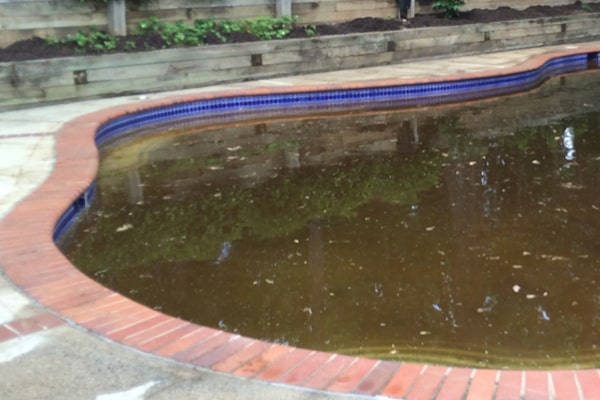
Water turned brown after a long time
A brown colour does not always mean iron. There are times when the brown colour appears after a longer period of time and not immediately after filling. The uninteresting colour of the water may be related to high levels of organic substances in the water.
Where do they come from? They probably come from decomposing plant matter, i.e. leaves. We could also have 'brought them in' with us while bathing. There are lots of different compounds on our bodies. An incorrect dosage of chemistry, will also produce unwanted 'elements'. The result is that the water becomes brownish-yellow. How do we restore its crystal colour?
Thoroughly rinse your pool filter:
This point is quite often forgotten by customers, and undoubtedly regular rinsing of the filter, is a guarantee of keeping the bed in good condition and of optimal water flow through the pool filter.
With moderate use of the pool, the filter should be rinsed once every 14 days, and with increased occupancy once every 7 days.
1. Switch off the filter pump in the electrical cabinet ("0" position).
2. Turn the 6-way valve to position 2 "rinse"
3. Switch on the filter pump on the electrical cabinet (position "R") for a time of approx. 2-3min.
4. After 2-3min, switch off the pump and turn the valve handle to position 3 "laying".
5. Switch on the filter pump on the electrical cabinet (position "R") for a time of approx. 15-30 sec.
6. After 15-30 seconds, switch off the pump and turn the valve handle to position 1 "filtration".
7. Switch on the filter pump on the electrical cabinet (position "Z").
The filter has been flushed out.
Check the pH of your pool water using a suitable tester:
There are currently 3 measurement methods on the market for which you can use:
Tablet hand tester
Strip hand tester
Electric photometer
Adjust the pH to the appropriate level:
Depending on the readings you obtained when measuring the water with the tester, you must now bring the pH of the pool water to a level of 7.0 - 7.4. It is in this range that the chlorine will work optimally achieving its maximum chemical effectiveness.
Of course, to lower the pH of the water, use pH Minus and to raise the pH of the water, use pH Plus accordingly.
Carry out shock chlorination - use shock chlorine:
This procedure is nothing more than a sudden increase in the chlorine content of the water, thanks to which we will eliminate all the micro-organisms that are present in the pool.
So-called 'chlorination' is another way of saying a breaking point, which will give you the effect of crystal-clear pool water.
Procedure (with filtration switched on)
- Dissolve an appropriate dose of shock chlorine in warm water in a bucket and spread along the pool edge line.
- Alternatively, dispense granules directly into the skimmer.
- Leave filtration on for min. 48 hours
- After approx. 24 hours, test the pool water with a suitable tester or photometer.
- Do not use the pool until the target chlorine content of the water is close to 0.6 mg/l.
- After 48 hours, rinse out the pool filter again and start disinfection with the multifunctional, long-soluble tablets.
Apply coagulant in the form of cartridges:
Along with the application of the shock chlorination discussed earlier, include a flocculant in cartridges in the operation as well - this will aid the crystallisation of the water and cause the dirt to clump together in so-called 'clusters' - in other words, it will improve the filtration process.
Note: After the coagulant has been applied, the pool filter will (plan) become dirty more quickly and will need to be rinsed out more quickly.
Rinse the pool filter again
Useful products
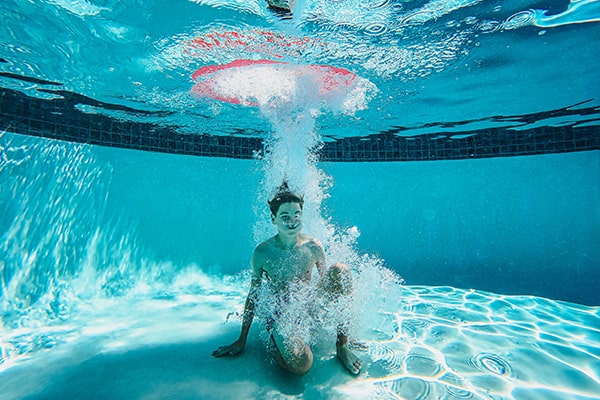
Remember good pool chemistry!
Remember that using only high-quality chemicals in accordance with the manufacturer's recommendations is a guarantee of crystal-clear water. In addition, do not forget about filtration and mechanical cleaning. Nothing is constant in nature, and certainly not water, which is affected by many different external factors.
There can be many reasons for this. Water from the waterworks, although it passes tests, can happen to contain significant amounts of iron.
There is no other way to precipitate iron out of the water than by using special pool chemicals
Basically, no. Brown water is unsightly but perfectly safe for health. In addition, it can have a metallic smell, which causes discomfort for some.
FAQ - Questions and answers
Ask a POOLSYSTEM.PL specialist

Tomasz Tomkowicz
Pool Technology Specialist
Thank you for reading our article, if you have more questions or need more specialized help - write to me using the form.
Look for answers in our knowledge base
Jestem bardzo zadowolona z usług tej firmy. Każdy nam odmawiał pomocy, nawet firma montująca basen. Pool system zjawił się i doprowadził basen sprzed paru lat do stanu używalności, co więcej dokonał napraw uszczelniających co spowodowało ze basen stał się w pełni sprawny. Naprawdę polecam !

Bardzo miła i sympatyczna obsługa oraz fachowe doradztwo techniczne.

Bardzo profesjonalna i cierpliwa obsługa. Odbierają telefony, wszystko dokładnie wytłumaczą, wysyłają praktycznie na drugi dzień każdą część którą potrzebuje klient. Pan Krzysztof z serwisu rzetelnie podpowie co zrobić i jak rozwiązać swój basenowy problem, jeśli chcemy majstrować przy basenie sami. Pan Paweł i Marcin też skarbnica wiedzy technologii basenowej. Dobre ceny. Polecam firmę i pozdrawiam zespół POOLSYSTEM

Jak budujesz basen to to miejsce jest dla ciebie, osprzęt, doradztwo i miła obsługa.

Super obsługa doradzi pomoże,ceny na duży plus .Polecam

Bardzo mili ludzie, to naprawdę profesjonaliści. Nie lubię zakupów, ale spotkanie z Nimi było bardzo przyjemne.






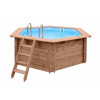
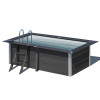
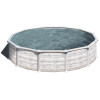
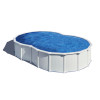
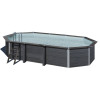
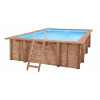
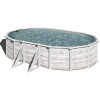
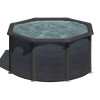








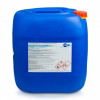
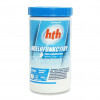
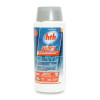
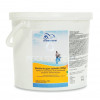
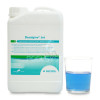
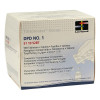





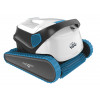

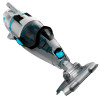

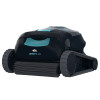
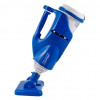




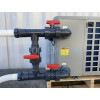
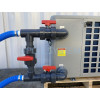
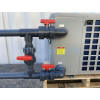












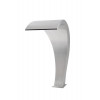
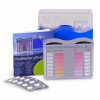
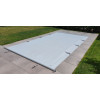

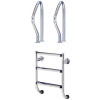










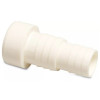
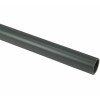
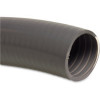
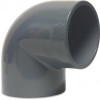

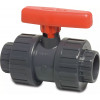
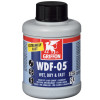
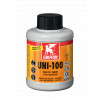







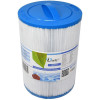
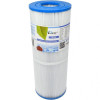
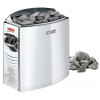

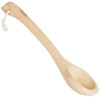
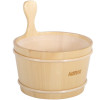

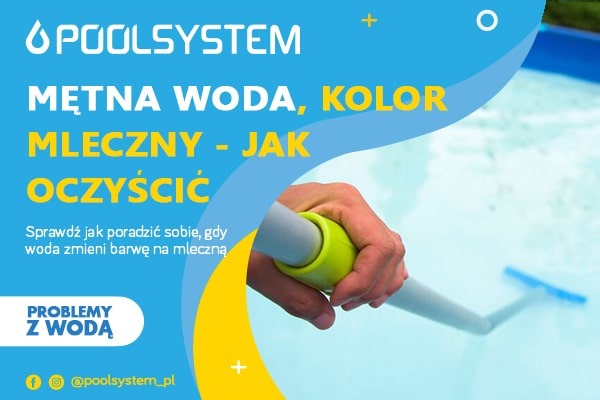

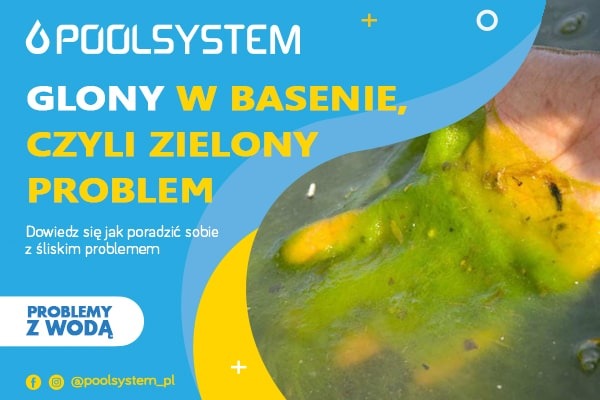
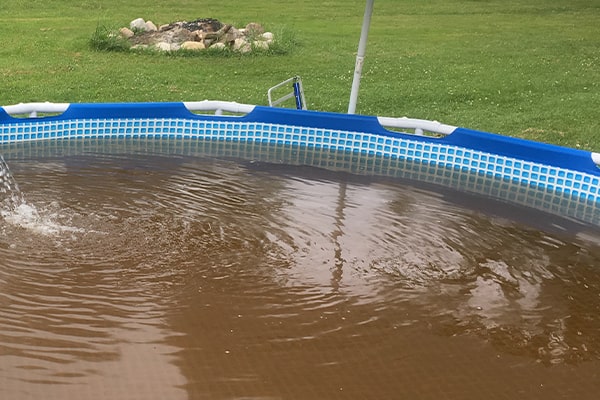
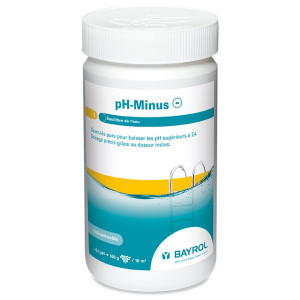
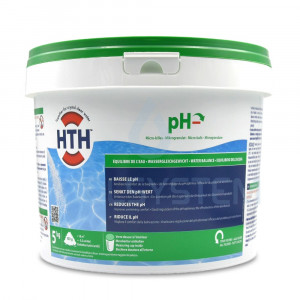

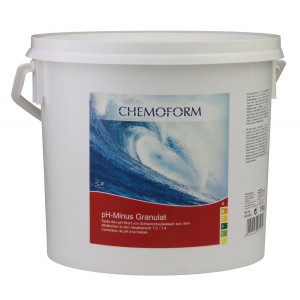
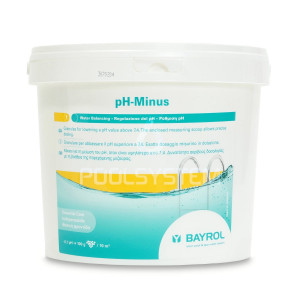



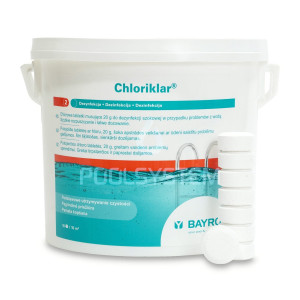

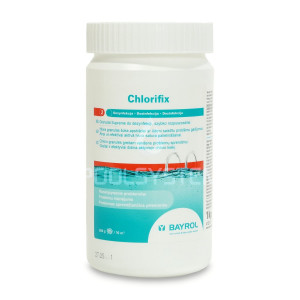

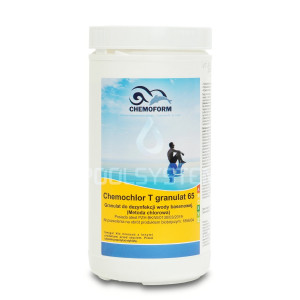

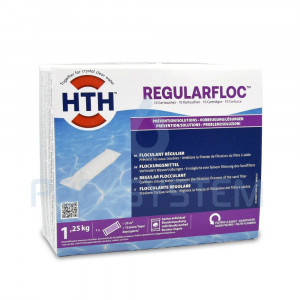

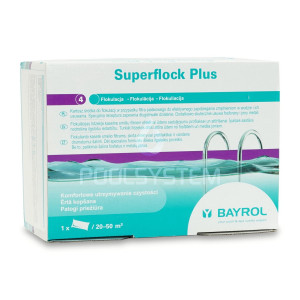

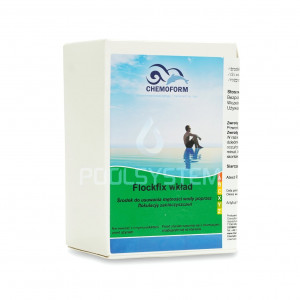


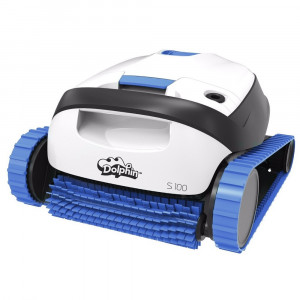




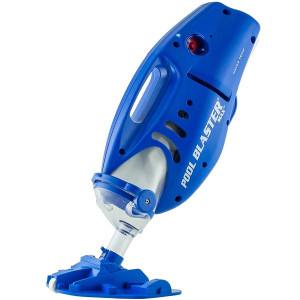

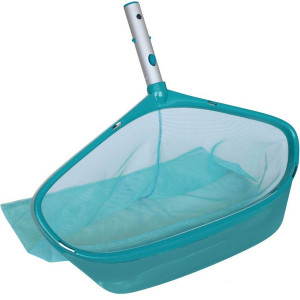

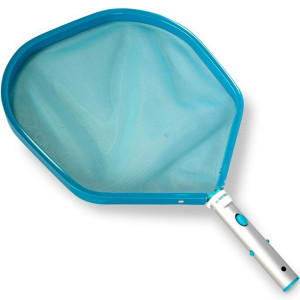

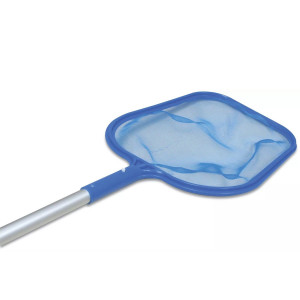
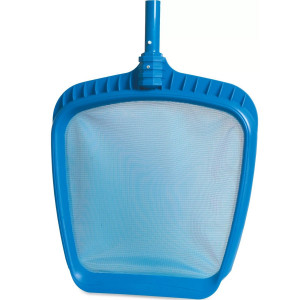
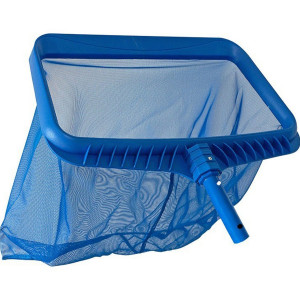

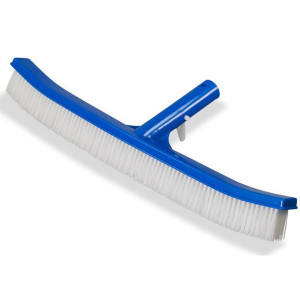

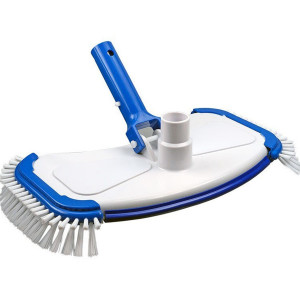

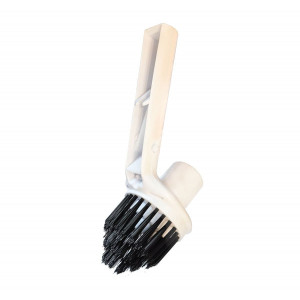
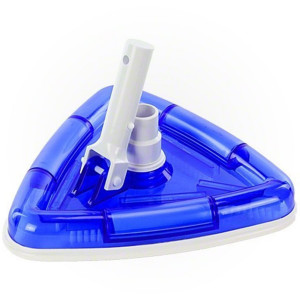

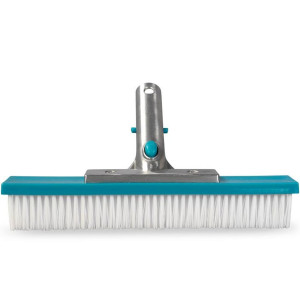

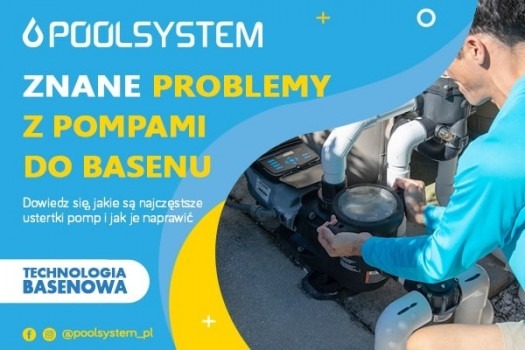
Comments (0)